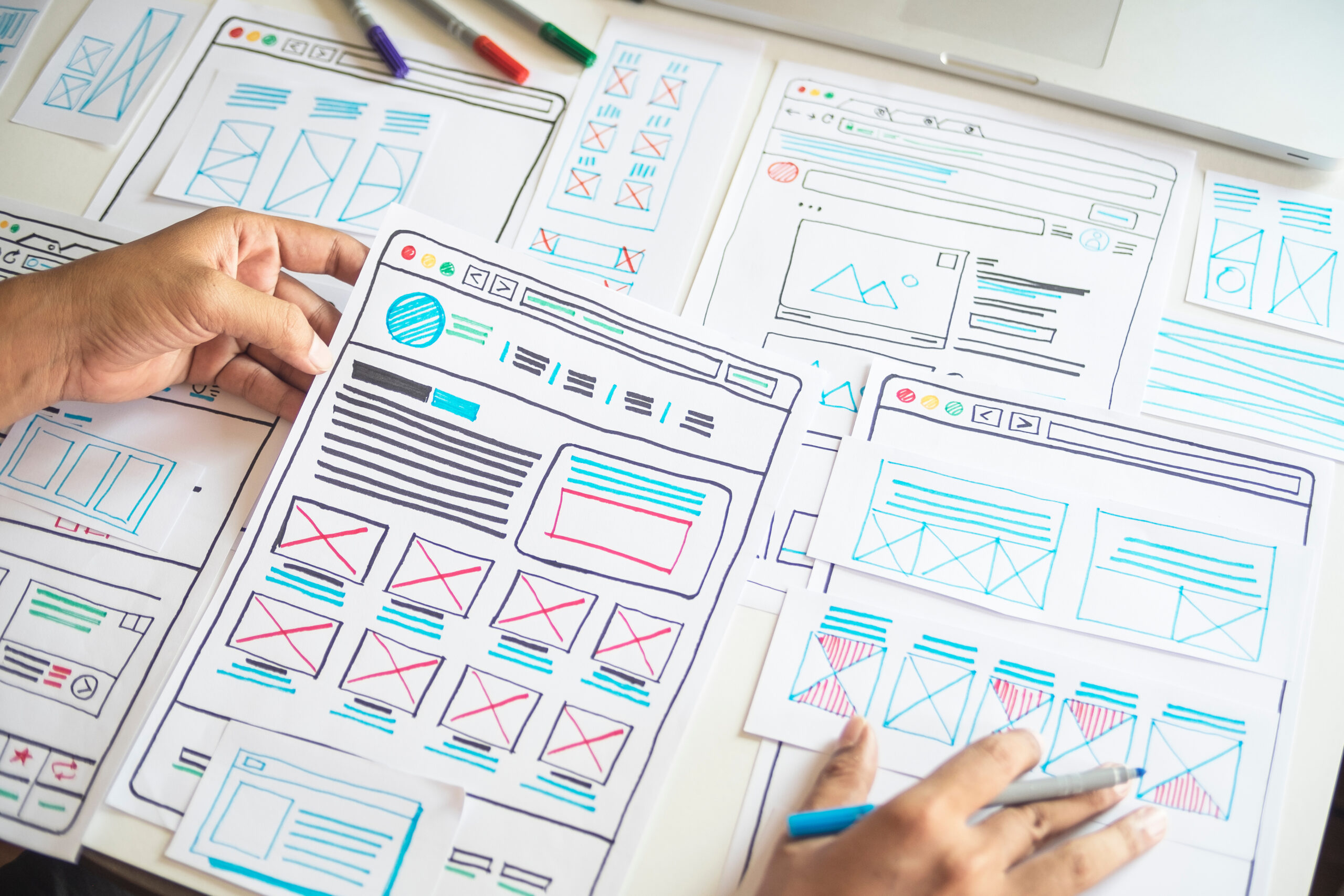*This article is an English translation of a Japanese article.
Web users access content using various devices, assistive technologies, and in different environments. To ensure equitable access for all, it’s crucial to provide “multiple means” of interaction. This concept entails designing websites so that users have various ways to access content without relying on a single method.
This article delves into the importance of multiple means of access in web accessibility and provides concrete methods to implement it effectively.
Why Multiple Means of Access Matter
Not all users interact with websites in the same way. People with visual, motor, or auditory impairments, among others, may rely on different access methods based on their needs. By offering multiple means, all users can efficiently reach desired information and navigate sites without unnecessary hurdles.
Offering multiple means of access is particularly crucial for:
- Users with visual impairments: Screen readers provide audio output, so visual-only navigation or controls can be limiting.
- Users with motor impairments: For those unable to use a mouse, keyboard or voice input alternatives are essential.
- Users with hearing impairments: Those who have difficulty hearing rely on text alternatives, such as captions or transcripts, for audio content.
- Older adults: With reduced agility or vision, intuitive operation and a simplified UI can greatly enhance their experience.
Practical Ways to Offer Multiple Means of Access
In accessibility-focused design, providing users with diverse methods to access content involves several best practices:
1. Supporting Keyboard Navigation
Ensure the website can be fully navigated using only a keyboard. All interactive elements (links, buttons, forms) should be operable via keyboard alone, with smooth focus movement using the Tab key and clear execution of actions with the Enter key.
Good Example:
- All buttons and links are focusable with the Tab key and actions can be triggered with the Enter key.
Poor Example:
- Some buttons or links can only be activated with a mouse click.
2. Designing with Screen Readers and Voice Input in Mind
For screen reader users, clear labels on links and buttons are essential for understanding what actions to take. Assigning text labels or alternative text (alt attributes) to all interactive elements enables accurate operation through voice input and assists those using screen readers.
Good Example:
- Buttons labeled with clear instructions like “Submit” or “Next.”
Poor Example:
- Ambiguous labels like “Button” or “Link” without specific context.
3. Providing Text Alternatives for Audio Content
When offering audio or video content, include text or captions for users who are deaf or in situations where they cannot hear. This way, all users can access the same information through multiple methods.
Good Example:
- Videos include captions.
- Podcasts or audio files come with transcripts.
Poor Example:
- Videos or audio files lack captions or text descriptions, limiting access to auditory-only information.
4. Offering Multiple Navigation Methods
Include alternative navigation options, such as in-page links, breadcrumb trails, or site maps, to facilitate seamless movement through the site. Providing users with multiple navigation methods allows them to choose the most comfortable way to access content.
Good Example:
- Including breadcrumb navigation, main menu, and footer menu for easy access to desired pages.
Poor Example:
- Only one navigation menu, which does not support keyboard navigation.
Accessibility Guidelines on Multiple Means
The Web Content Accessibility Guidelines (WCAG) 2.1 includes specific standards related to multiple means of access. For instance, 2.1.1 Keyboard mandates keyboard operability for website interaction, while 1.2.2 Captions (Audio Content) recommends providing captions or text descriptions for audio content. Following these standards helps ensure equitable access for all users.
Testing for Multiple Means of Access
Confirming that your site effectively offers multiple means of access involves several types of testing:
- Keyboard-only Testing: Try navigating the site without a mouse. Check that all links and buttons can be focused on and interacted with using only the keyboard.
- Screen Reader Testing: Use a screen reader to ensure labels and descriptions on interactive elements are clear and comprehensible.
- Caption and Alternative Text Verification: Ensure videos and audio content have correct captions or alternative text, supporting access for users who need text-based descriptions.
These tests will help identify and correct accessibility issues, ensuring your site meets the needs of a diverse user base.
Conclusion
Offering multiple means of access is an essential aspect of improving web accessibility. By allowing content access through diverse methods, websites can provide equal information access to all users. Prioritizing keyboard navigation, screen reader compatibility, text support for audio content, and diverse navigation options are concrete ways to achieve this.
Designing with multiple means of access in mind will lead to a website that’s more user-friendly for all, enabling a more inclusive experience.
We have released the UUU Web Accessibility Widget Tool, designed to make web accessibility easy to implement. This tool helps improve the accessibility of websites quickly and efficiently, even without specialized knowledge.
If you’re interested in enhancing your website’s accessibility, please check out the details. We are here to support you in making your website more user-friendly and accessible to a wider audience.
